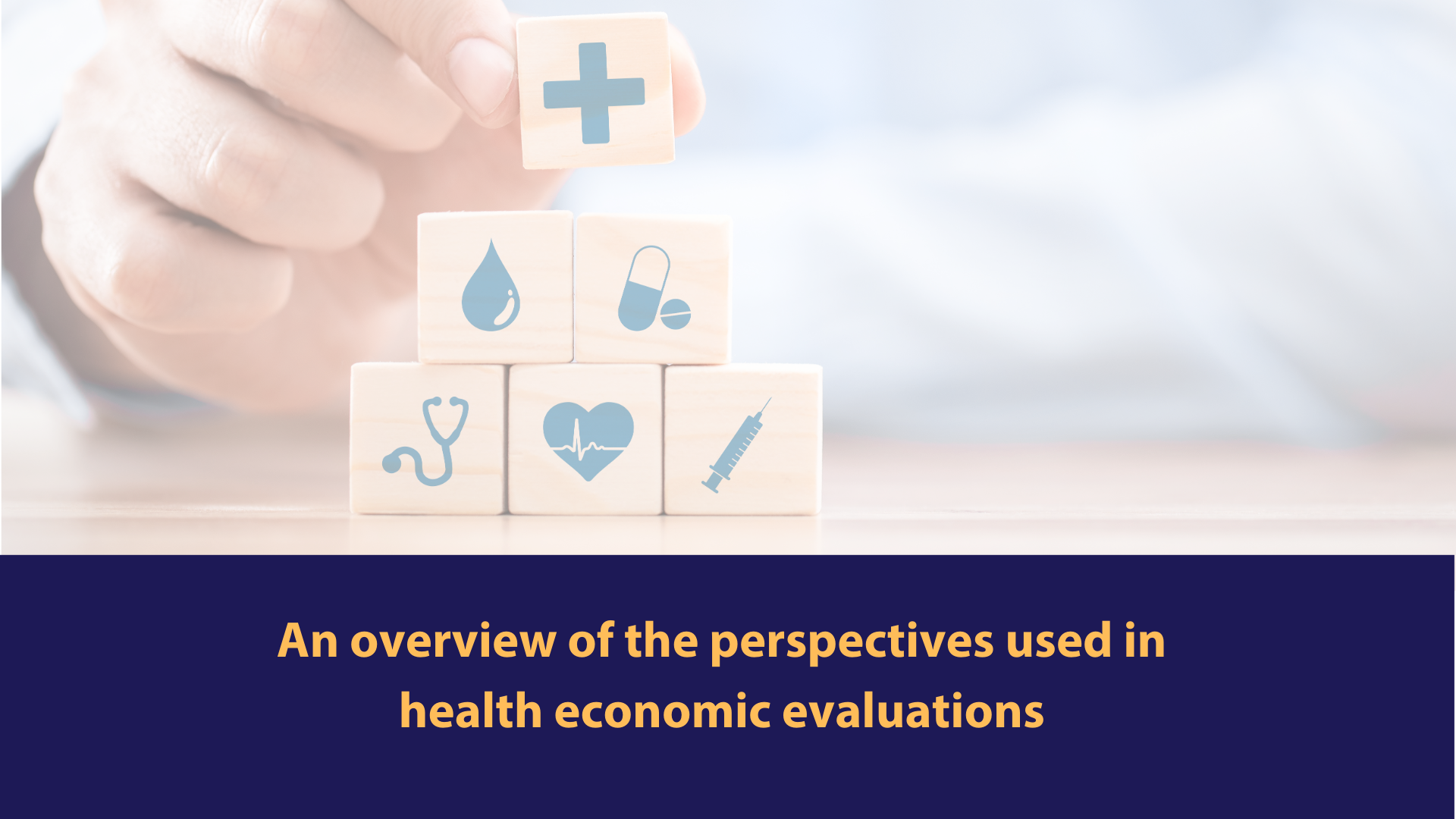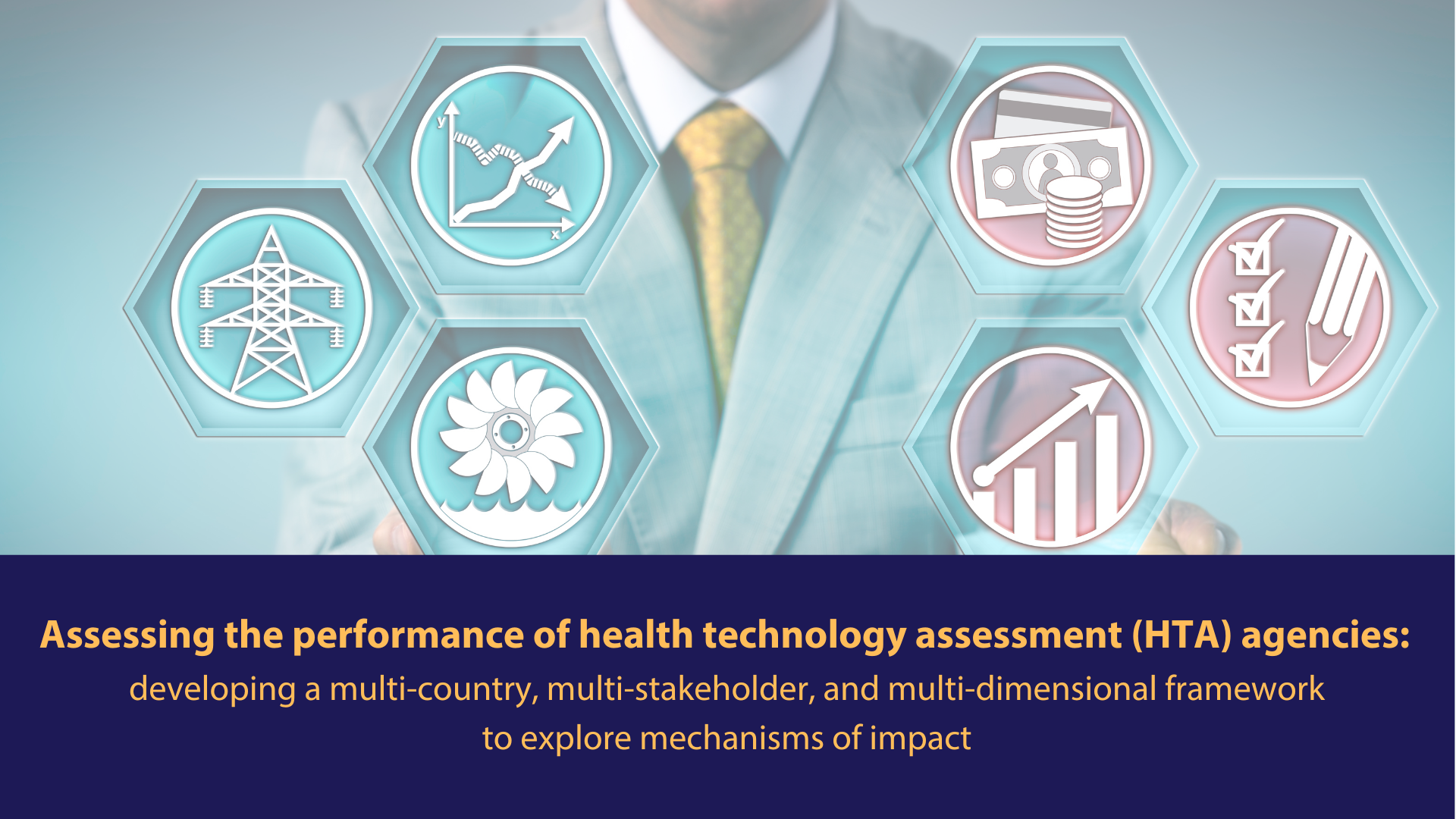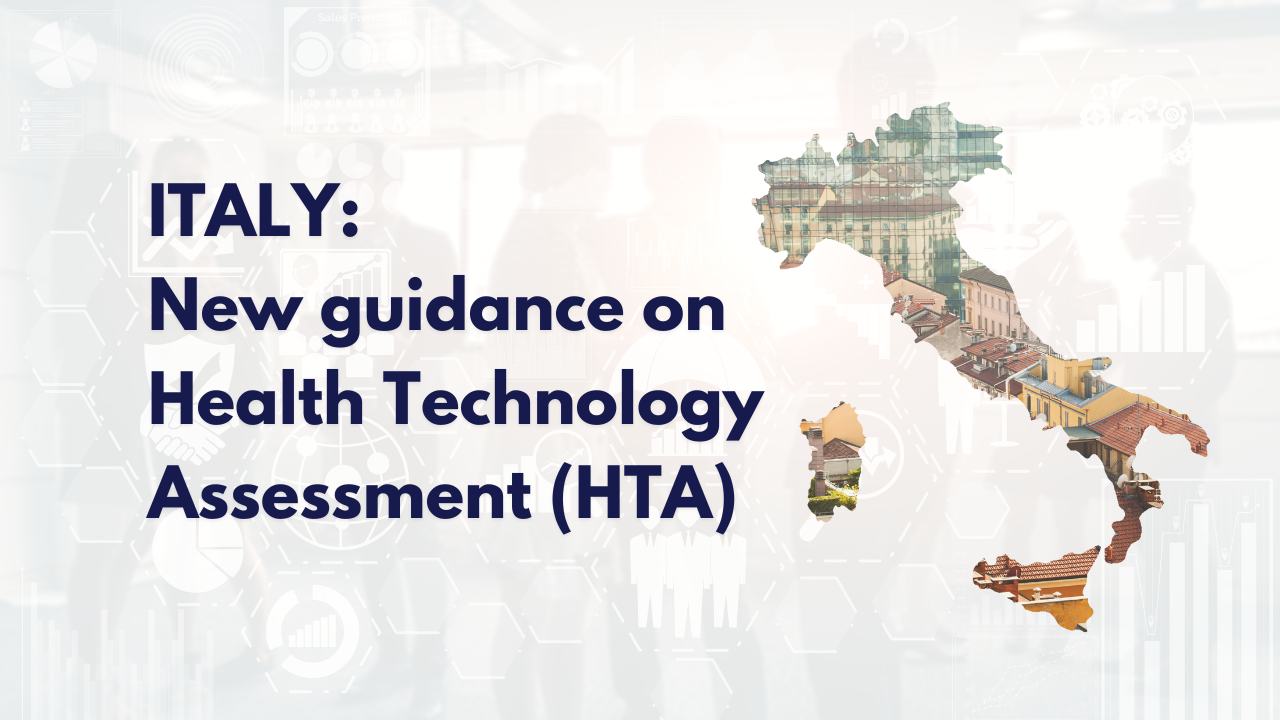HTA Toolkit: How can this tool help you?
The iDSI recently launched a Health Technology Assessment (HTA) Toolkit used to aid technical staff working on HTA processes in low and middle-income countries (LMICs). As many LMICs are on the path to Universal Health Coverage, the implementation of HTA has increasingly become more and more necessary to encourage efficient spending of essential health services. Such implementation however is not simple – how can you institutionalize HTA? What types of evidence can be used in HTAs? How do you decide what topics to assess? How can you garner political support? This toolkit addresses these four and numerous more questions through six “building blocks”:
1. Setting the scene for HTA; 2. Compiling the best HTA evidence; 3. A transparent and consistent process of HTA; 4. Building capacity to support HTA; 5. Ensuring political commitment for HTA; 6. Making HTA an inclusive process. |
Besides the ease of navigation, what particularly stood out about this tool is the presentation of realistic scenarios. Imagine you are a researcher looking to begin a new health technology assessment. HTA has only recently been established, and there has yet to be a major source of dedicated funding. What topic will you choose to assess next? In building block #3, the toolkit suggests that such a country should focus on a “major, under-addressed burden of disease” or on a “costly device that has powerful political support” (HTA Toolkit, Building Block 3). Researchers in this situation should not solely focus on the next disease with the highest DALYs lost, but also consider a variety of other components, such as what topic would attract the attention of policymakers, the availability of credible evidence and amount of public support. In this scenario, the institutionalization of HTA takes priority. The tool also provides an example of the topic selection process in Thailand.
Let’s look at another scenario. You are a researcher beginning to create your model, and is deciding on what type of economic evaluation to use. In building block #2, the toolkit references 5 major types of economic evaluations, citing cost-effectiveness analysis as the most used (HTA Toolkit, Building Block 2). Such questions on gathering evidence can be further elucidated through our tool GEAR as well. Rather than building blocks, GEAR utilizes mind-maps to provide potential solutions to resolve methodological gaps in economic evaluations (GEAR). By initially scanning the concise summaries in the toolkit, subsequently following GEAR’s mind-maps for immediate solutions, and lastly utilizing the “Ask an Expert” function for further questions, you will be well on your way in developing an evidence-based, effective model.
Whether one is looking to review some concepts or probing for solutions, this concise and easy to navigate toolkit ultimately deserves to be in the pockets of every HTA researcher.
References:


